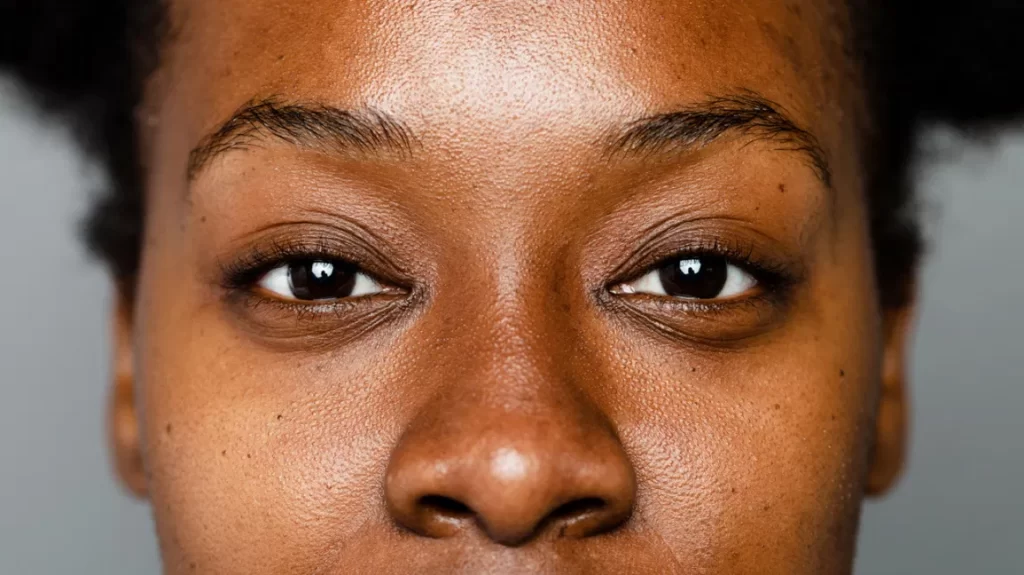
Understanding Hyperpigmentation and Pigmentation Removal Options
If you’ve ever wondered what those dark and uneven-colored patches on the skin are, they might be a type of skin pigmentation.
Some of the most frequent kinds of pigmentation include age spots (or liver spots), freckles, and melasma, sometimes known as skin discoloration and uneven skin tones.
Many Singaporeans suffer from pigmentation. Pigmentation, ranging from mild to severe, can lead to low self-esteem, social disengagement, and even depression.
How Is Pigmentation Formed?
Pigmentation refers to the color of the hair, skin, and eyes caused by the pigment melanin. The melanin type generated varies in hues depending on your DNA.
Other variables that influence the excessive production of melanin include sun exposure, age, and hormone issues.
The following are the most frequent forms of pigmentation:
- Melasma
- Freckles
- Age spots
Melasma
Melasma is another form of pigmentation that commonly affects persons who spend too much time outside and in the sun. These blemishes can appear anywhere on your face or the upper part of the body.
Melasma occurs as innocuous brown or grey patches on the nose bridge, neck, cheek, or shoulders.
More research is needed to properly understand how and why melasma develops, however, for the time being, typical causes of melasma include excessive sun exposure, hormonal imbalance like using contraceptive pills, or an allergic reaction to particular skin care products.
Age Spots
Age spots, commonly known as sunspots or liver spots, are among the most frequent kinds of pigmentation in Singapore.
These spots, which primarily affect the elderly, are caused by chronic sun exposure and, similar to freckles, are brown, flat, and range in size.
Freckles
Few individuals that have freckles are born with it in sunny Singapore. Freckles, which are most frequent in persons with red hair, are not permanent – dependent on how you take skincare seriously.
As you become older, they may transform into liver spots or age spots, which can become darker and more persistent.
Types of Pigmentation Treatments in Singapore
With breakthroughs in technology and current science, there are pigmentation removal treatments, no matter how severe it is.
The most essential thing to remember is that you must always have a medical expert diagnose your issue; only then can you receive the appropriate therapy.
Chemical Peels
Chemical peels use an acidic solution to your hands, face, or feet in order to remove your skin’s superficial layers. These chemicals promote blistering and eventually peeling of the epidermis, revealing fresh and uniformly colored skin beneath.
Pico Laser
The Pico Laser pigmentation removal treatment is done with the help of a machine that generates picosecond lasers. The doctor will wash your skin and assist you in putting on laser protection eyewear before the treatment begins. The laser beam will be focused on the treated region, focusing on the pigments in particular spots while keeping the rest of the body alone. The high-intensity pulses help the laser in accurately targeting large areas and small colored particles.
The minimum heat created permits effective removal and destruction of the pigment with considerably less downtime and response by decreasing the laser pulse duration to PICO second, the ultra-short contact time with the laser on your skin (1/10 of the prior generation lasers). Instead of employing heat to break the pigment, the photoacoustic effect is now used. This extremely powerful photoacoustic effect is also utilized to increase the skin’s collagen production and improve skin quality and texture.
Pico Laser has a shorter period of contact than earlier generations of lasers, which helps to reduce heat created and adverse effects. This is especially crucial for Singaporeans, where the hot sun can worsen post-laser issues.
